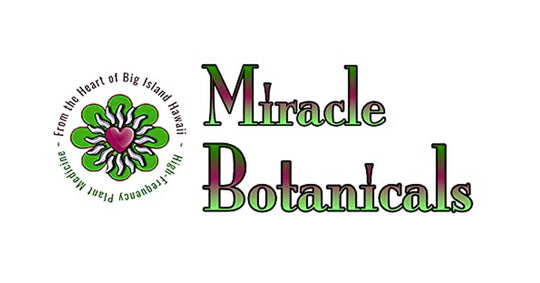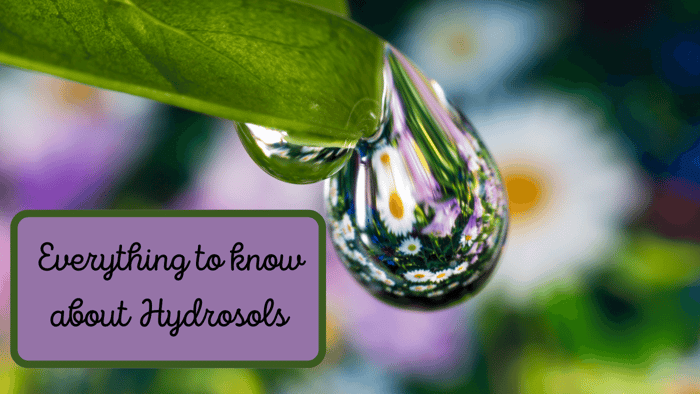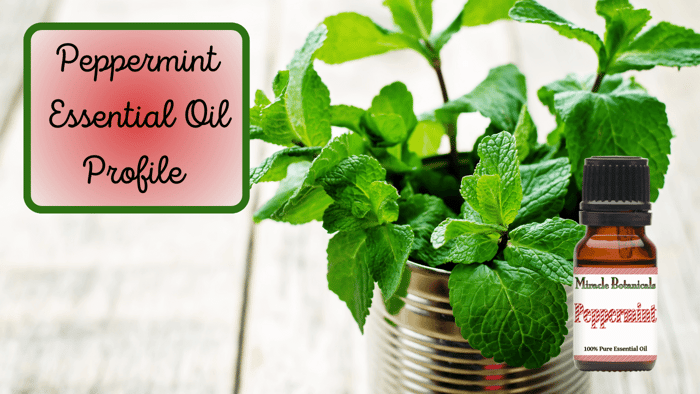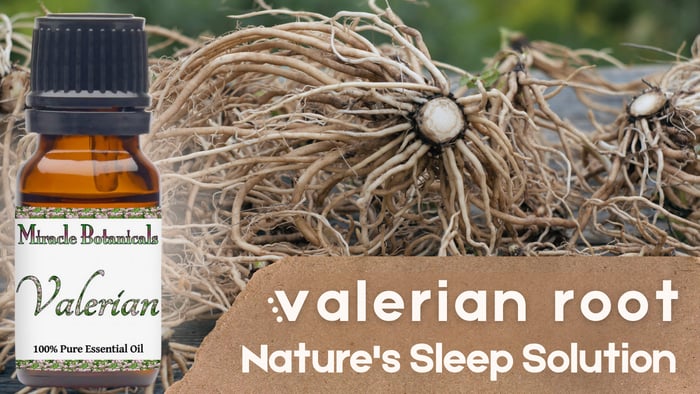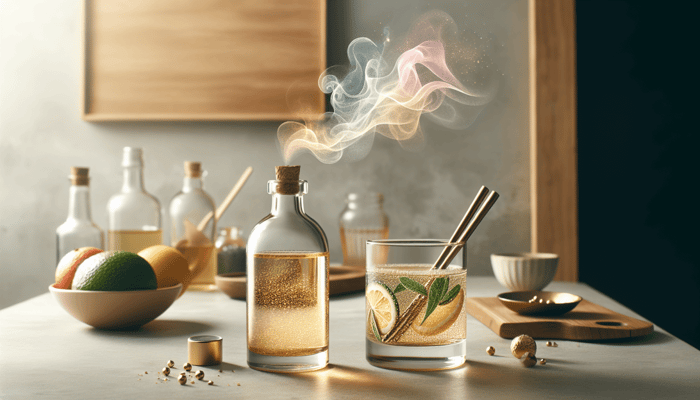Hydrosols: Nature's Versatile Elixirs
Hydrosols, also known as floral hydrosols, hydrosol water, or natural flower water, have a wide assortment of uses, from your body to your bathroom to meditation! People use these organic hydrosols every day as aromatic sprays, anti-inflammatory aids, chakra sprays, water substitutes, and even to help flavor food. The uses of hydrosols for sale are endless, and we at Miracle Botanicals love providing the highest frequency bulk hydrosols to our customers.
What are Hydrosols?
Herbal hydrosols and flower waters are made through a steam-distilling process using fresh plant materials (flowers, leaves, fruits, etc.). The steam distillation process pulls out the plant's water-and oil-soluble elements, and the end result is a large amount of nutrient-rich water-soluble liquid topped with a layer of essential oil.
A hydrosol still contains trace amounts of the essential oil, as well as the plant's powerful nutrients. This gives hydrosols similar therapeutic effects to essential oils, just in a much less concentrated (and therefore gentle) form. In fact, there is usually less than 0.2 ml of dissolved essential oil for every liter of hydrosol. The less concentrated levels of essential oil in a hydrosol make it ideal for everyday use and for use around people with skin or breathing sensitivities.
Why Choose Hydrosols?
As mentioned above, hydrosols are great for everyday use and are very gentle, thanks to the low concentration of essential plant oils. On top of that, because hydrosols have a lot more water content than oil, you tend to get more for less. For example, roses are high in water content, which means that organic rose hydrosols and rose hydrosol water can be found in higher volumes, whereas rose essential oil is more concentrated and therefore sold in lower volumes.
Hydrosols are also perfect for people who want the therapeutic effects of the essential oil in a diluted, more versatile form. When comparing hydrosols vs essential oils, hydrosols offer a gentler alternative.
How Can You Use Hydrosols?
Hydrosols can be used to help heal wounds, moisturize skin, clear the air, and even clean your house. They are a fantastic way to utilize the therapeutic effects that plants have to offer, and they are also a gentler alternative to pure essential oil. Because they're less concentrated than essential oils, hydrosols can be used on skin, in the air, and even around animals and children (in most cases).
Hydrosols are a refreshing alternative to essential oils, and they offer a number of plant nutrients that can't be found in essential oil.
- Need to relax? Use our Rosemary Verbenone Hydrosol as an aromatherapy spray to instantly focus the mind and loosen your body.
- Need to moisturize? Mist yourself with our rich, earthy Organic Hawaiian Sandalwood Hydrosol, steamed distilled right here on the Big Island of Hawai'i.
- Need a facial mist and toner? Bulgarian Rose Otto Hydrosol makes a great, non-drying facial mist and toner.
- Need to clean wounds? Our Yarrow Hydrosol can help keep wounds clean and reduce pain associated with illness or injury.
Additional Benefits of Hydrosols
Hydrosols are not just limited to skincare or aromatherapy. They are incredibly versatile and can be incorporated into various aspects of your daily routine:
- Aromatic Sprays: Perfect for refreshing your living space or enhancing your meditation practice.
- Anti-Inflammatory Aids: Ideal for soothing irritated skin or reducing inflammation.
- Chakra Sprays: Use specific hydrosols to balance and energize your chakras.
- Water Substitutes: Add hydrosols to your bath water for a fragrant and therapeutic soak.
- Culinary Uses: Some hydrosols, like rose or lavender, can be used to flavor foods and beverages, adding a subtle and unique taste.
Our Commitment to Quality
At Miracle Botanicals, we are committed to providing the highest quality hydrosols. We source our hydrosols from trusted producers who use sustainable and ethical practices. Each hydrosol is carefully crafted by artisan distillers to preserve the plant's natural properties, ensuring that you receive a product that is both effective and safe.
We are constantly on the lookout for even more of the best hydrosols the world has to offer, like uluhe fern hydrosol, turmeric hydrosol, and myrrh hydrosol, so stay tuned!
Historical Uses and Modern Applications
Hydrosols, also known as hydrolats, flower waters, herbal extracts, aromatic waters, botanical extracts, and floral waters, have been used for centuries in various cultures around the world. Historically, they were prized for their healing properties and were often used in traditional medicine. Today, hydrosols continue to be valued for their versatility and gentle nature.
Take a look at this short video that explains how a hydrosol is made via steam distillation:
Historical Uses
- Ancient Egypt: Hydrosols were used for their therapeutic properties and were often included in beauty rituals.
- Traditional Chinese Medicine: Hydrosols were used to treat various ailments and promote overall holistic wellness.
- Medieval Europe: Hydrosols were commonly used in baths and as skin toners.
Modern Applications
- Skincare: Hydrosols are frequently used in natural skincare products for their soothing and moisturizing properties.
- Aromatherapy: Hydrosols are used as a gentler alternative to essential oils, providing similar therapeutic benefits.
- Household Cleaning: Hydrosols can be used as natural cleaning agents, offering a chemical-free option for maintaining a clean home.
- Pet Care: Hydrosols are safe for use around animals and can be used to soothe and care for pets.
DIY Hydrosol Recipes
One of the great things about hydrosols is that you can create your own at home with a few simple DIY ingredients and tools. Here are a couple of DIY hydrosol recipes to get you started:
Lavender Hydrosol
Ingredients:
- Fresh lavender flowers
- Distilled water
Instructions:
- Place the lavender flowers in a large pot.
- Add enough distilled water to cover the flowers.
- Place a heat-resistant bowl in the center of the pot, ensuring it is elevated above the water.
- Cover the pot with a lid, inverted, so that the handle is pointing downwards. This will allow the steam to condense and drip into the bowl.
- Simmer the water gently for 30-40 minutes, allowing the steam to collect in the bowl.
- Once done, pour the collected hydrosol into a clean, sterilized bottle and store it in the refrigerator.
Rose Hydrosol
Ingredients:
- Fresh rose petals
- Distilled water
Instructions:
- Place the rose petals in a large pot.
- Add enough distilled water to cover the petals.
- Place a heat-resistant bowl in the center of the pot, ensuring it is elevated above the water.
- Cover the pot with a lid, inverted, so that the handle is pointing downwards. This will allow the steam to condense and drip into the bowl.
- Simmer the water gently for 30-40 minutes, allowing the steam to collect in the bowl.
- Once done, pour the collected hydrosol into a clean, sterilized bottle and store it in the refrigerator.
Tips for Using Hydrosols
To get the most out of your hydrosols, here are some handy tips:
- Storage: Always store hydrosols in a cool, dark place, ideally in the refrigerator, to preserve their freshness and potency.
- Application: Use a fine mist spray bottle for easy application. This is especially useful for facial toners and aromatic sprays.
- Dilution: While hydrosols are generally gentle, it’s always a good idea to do a patch test before applying them to a large area of skin, especially if you have sensitive skin.
- Combining with Essential Oils: For added benefits, you can combine hydrosols with a few drops of essential oil. This creates a powerful yet gentle blend for various uses.
Conclusion
Incorporating hydrosols into your daily routine can elevate your wellness regimen in numerous ways. Whether you’re looking to relax, moisturize, or heal, there is a hydrosol that can cater to your needs. Explore our diverse range of hydrosols and discover the natural benefits they can bring to your life.
Feel free to explore our collection and find the perfect hydrosol to suit your needs!
